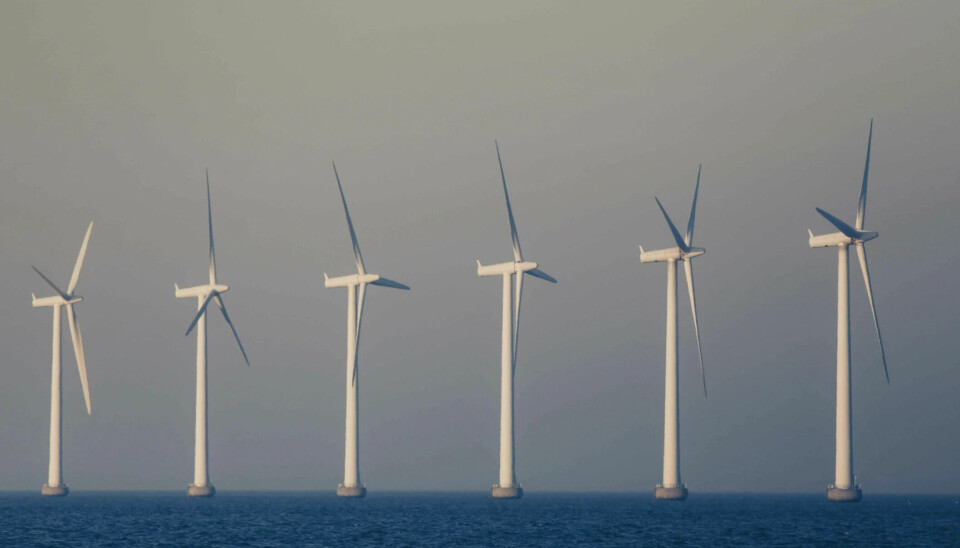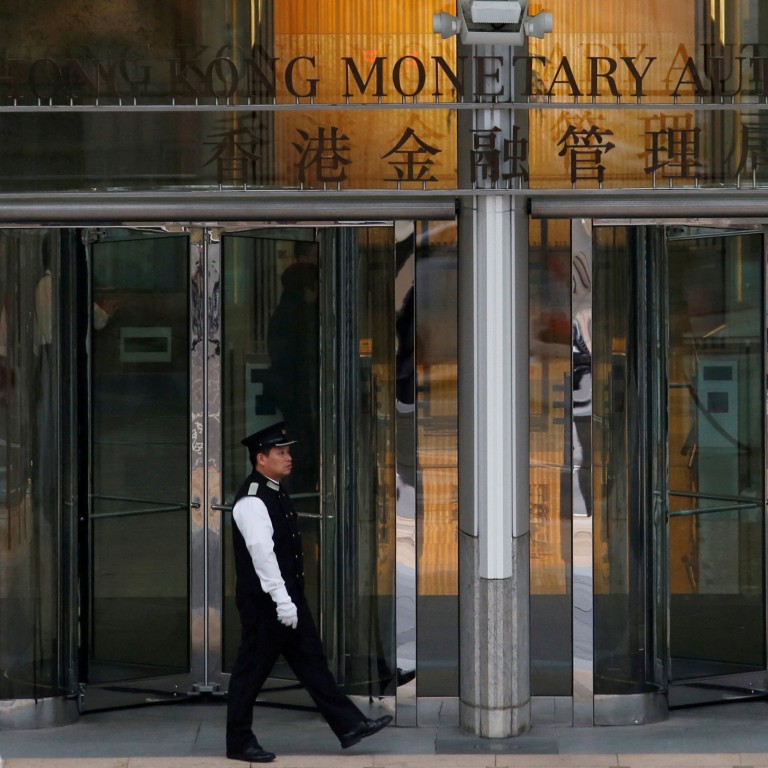Are Expensive Offshore Wind Farms Losing Their Appeal?

Table of Contents
The Soaring Costs of Offshore Wind Farm Construction
The construction of offshore wind farms is a complex and capital-intensive undertaking. Several factors contribute to the soaring costs, threatening the economic feasibility of these projects. The cost of offshore wind turbine installation is a major component of the overall expense.
-
Increasing Material Costs: The price of steel and concrete, crucial materials in turbine construction and foundation building, has skyrocketed in recent years. This inflationary pressure significantly impacts project budgets, leading to cost overruns.
-
Complex Installation: Installing wind turbines in challenging marine environments is inherently difficult and expensive. Specialized vessels, skilled labor, and unpredictable weather conditions all add to the complexity and cost.
-
Robust Foundations: Deep-water installations require robust and expensive foundations to withstand harsh sea conditions. The design and construction of these foundations represent a significant portion of the overall project cost.
-
Extensive Grid Connection: Connecting offshore wind farms to the onshore electricity grid necessitates substantial investment in subsea cables and onshore infrastructure, adding considerably to the overall cost of offshore wind.
-
Supply Chain Disruptions: Global supply chain disruptions, exacerbated by geopolitical instability and the pandemic, have caused delays and increased costs of materials and labor.
For example, the recent delays and cost overruns experienced by the Vineyard Wind project off the coast of Massachusetts highlight the challenges faced by developers. These increases, fueled by inflation and geopolitical uncertainty, significantly impact project financing and the overall attractiveness of offshore wind energy investment.
Challenges in Securing Financing and Investment
The high upfront capital expenditure required for offshore wind farm development poses significant challenges in securing financing and investment. The cost of offshore wind is a major factor influencing investor decisions.
-
High Capital Requirements: The sheer scale of these projects necessitates massive upfront investments, making it difficult to attract funding, especially in a competitive investment landscape.
-
Regulatory Uncertainty: The lengthy and complex permitting processes, coupled with evolving regulations, introduce considerable uncertainty and risk for investors.
-
Energy Price Volatility: Fluctuating energy prices and the level of government subsidies directly impact the projected profitability of offshore wind farms, making long-term financial planning challenging.
-
Return on Investment (ROI) Concerns: Rising costs are impacting the predicted ROI, making offshore wind a less attractive investment compared to other renewable energy sources or traditional energy projects.
-
Competition for Capital: Offshore wind projects compete with other renewable energy technologies, such as solar and onshore wind, for limited investment capital.
Government policies, including subsidies and tax incentives, play a crucial role in mitigating these risks and making offshore wind projects more financially viable. However, the long-term sustainability of these policies remains a key concern for investors and developers alike. A clear and stable regulatory environment is crucial to attract the necessary investment in this vital sector of renewable energy.
Technological Advancements and Cost Reduction Strategies
Despite the challenges, significant technological advancements and cost-reduction strategies are underway, offering hope for a more economically viable future for offshore wind farms.
-
Turbine Efficiency: Advancements in turbine technology, including the development of larger and more efficient turbines, are leading to reduced costs per unit of energy generated.
-
Floating Offshore Wind: The use of floating platforms for deep-water installations opens up vast new areas for offshore wind farm development, potentially lowering the overall cost of offshore wind energy.
-
Logistical Efficiency: Improving the efficiency of logistical operations, including transportation, installation, and maintenance, can significantly reduce project costs.
-
Standardization and Prefabrication: Developing standardized components and pre-fabricated sections for turbines and foundations can streamline manufacturing and reduce construction time and costs.
-
Digital Twins and Modeling: Employing digital twins and advanced modeling techniques allows for better optimization of design and construction, minimizing waste and improving efficiency.
The development of next-generation offshore wind turbines and the deployment of innovative construction techniques promise to drive down the cost of offshore wind power significantly in the coming years. This technological leap will make offshore wind more competitive with other energy sources and strengthen its appeal to investors.
The Impact of Geopolitical Factors and Supply Chain Issues
Geopolitical instability and disruptions in global supply chains significantly impact the construction and economics of offshore wind farms.
-
Material Availability: Regional conflicts, trade disputes, and sanctions can affect the availability and price of essential materials, like steel and rare earth elements used in turbines, causing delays and escalating costs.
-
Labor Shortages: Global supply chain disruptions have also led to labor shortages in the specialized sectors involved in offshore wind farm construction, driving up labor costs.
Addressing these geopolitical and supply chain challenges requires a multi-faceted approach, including diversification of supply sources, strengthening international cooperation, and fostering domestic manufacturing capabilities. A resilient and diversified supply chain is essential to ensure the long-term stability and cost-effectiveness of the offshore wind industry.
Conclusion
The rising costs of offshore wind farm construction present a significant hurdle to achieving a sustainable energy future. Challenges in securing financing, coupled with the impact of geopolitical factors and supply chain issues, have raised concerns about the economic viability of these projects. However, advancements in turbine technology, innovative construction techniques, and strategic investment are crucial to mitigating these rising costs and maintaining the appeal of offshore wind. Continued investment in research and development is needed to explore and implement solutions to these challenges. While the cost of offshore wind is currently high, its potential to contribute to a clean energy future remains enormous. Investing in the future of cost-effective offshore wind farms is not merely an economic imperative; it's an investment in a sustainable energy future. Further research and dialogue are necessary to navigate the complexities of offshore wind energy costs and unlock its full potential in the global energy transition.

Featured Posts
-
 Kentucky Derby 2025 Betting Odds Top Contenders And Predictions
May 04, 2025
Kentucky Derby 2025 Betting Odds Top Contenders And Predictions
May 04, 2025 -
 Nhl Playoffs Showdown Saturdays Crucial Standings Battles
May 04, 2025
Nhl Playoffs Showdown Saturdays Crucial Standings Battles
May 04, 2025 -
 Ufc 314 Fight Night Volkanovski Vs Lopes Complete Results And Analysis
May 04, 2025
Ufc 314 Fight Night Volkanovski Vs Lopes Complete Results And Analysis
May 04, 2025 -
 Bianca Censoris Film Promotion Sparks Controversy Kanye Wests Role
May 04, 2025
Bianca Censoris Film Promotion Sparks Controversy Kanye Wests Role
May 04, 2025 -
 Hong Kong Intervenes In Fx Market To Defend Peg Against Us Dollar
May 04, 2025
Hong Kong Intervenes In Fx Market To Defend Peg Against Us Dollar
May 04, 2025
